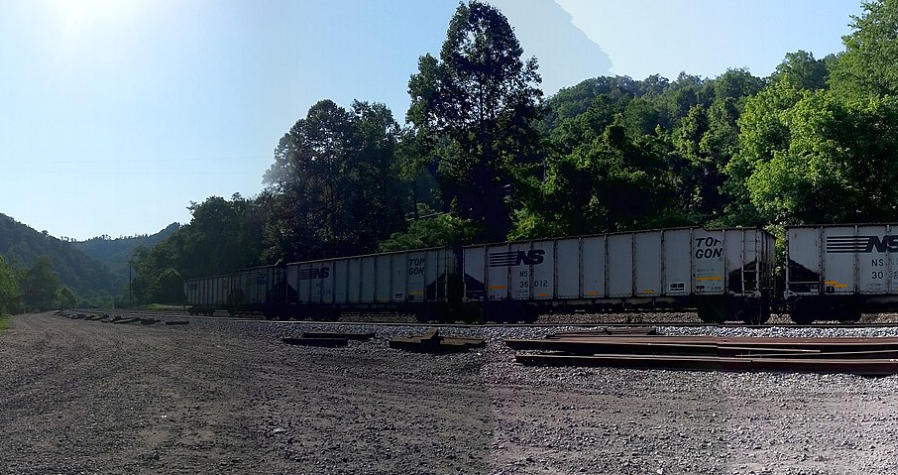About
Sitting along the Tug Fork River, just a stone’s throw from the Kentucky border, the West Virginia town of Vulcan features a similar history to many other American mining towns. Founded in the early 20th century, it faced a major loss in population in the 1960s after the coal mines ran dry. The remaining residents were content to continue to call Vulcan home. There was only one problem—the only way in and out of town was a ramshackle swinging bridge. With its narrow width and decaying wooden slats, it was woefully unsuited for even pedestrian traffic.
The small town watched as its bridge continued to rot, and eventually collapse. Residents began to use a maintenance path along the railroad, which would fine and prosecute anyone it found trespassing. As the only legal way in and out of his town had been lost, local resident John Robinette appointed himself mayor with one goal: getting this bridge replaced. Facing stonewalling from the state government, which prioritized funding for projects which it deemed more useful, Mayor Robinette made the bold choice to request funding for the bridge from the Soviet Union and East Germany.
If formal funding requests to their own government were ignored, this new request immediately caught national attention. Newspapers from Spokane to New York reported the story. While crumbling infrastructure is embarrassing on its own, the idea of an American town taking charity from the nation’s top geopolitical rival was too much to bear. Bomb threats were received, threatening to destroy any bridge built with communist help.
It is unlikely that either the Soviets or East Germans seriously considered answering Vulcan’s cry for help. However, the request did catch the attention of one Soviet reporter, Iona Andronov. The journalist traveled all the way to Vulcan on December 17, 1977, to meet with the mayor and examine the site of the bridge. Within only one hour of his arrival, the panicked state highway commissioner called a press conference, announcing that the state would replace the bridge.
In true bureaucratic fashion, the bridge still took two years to complete, with only one lane. Still, it was funded entirely with true blue American funds, thus preventing a PR nightmare for the US when the country was gearing up for the final years of the Cold War. Mayor Robinette still found a way to thank the Soviets for their “help” by christening the bridge with two bottles of Russian vodka. Despite the success of this gambit by the town of Vulcan, the tactic was never repeated.
Related Tags
Published
October 11, 2024






















